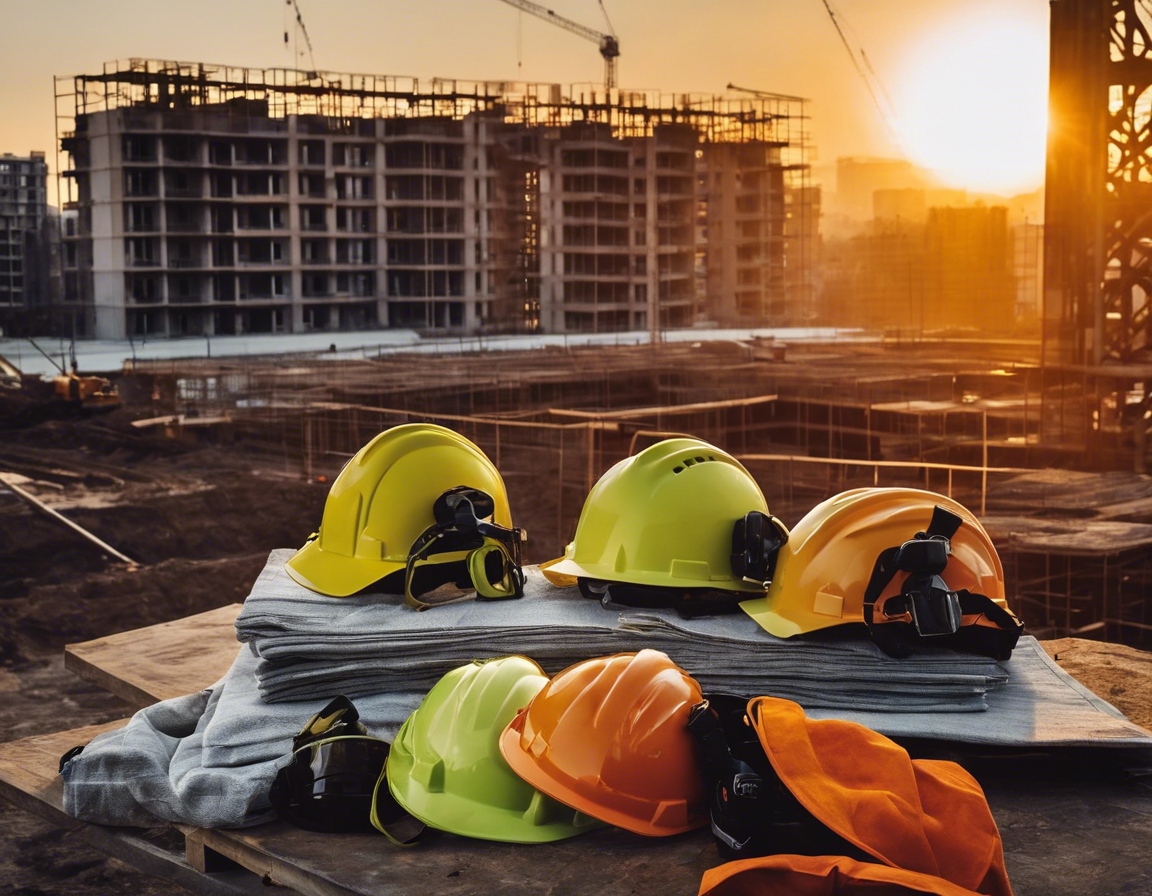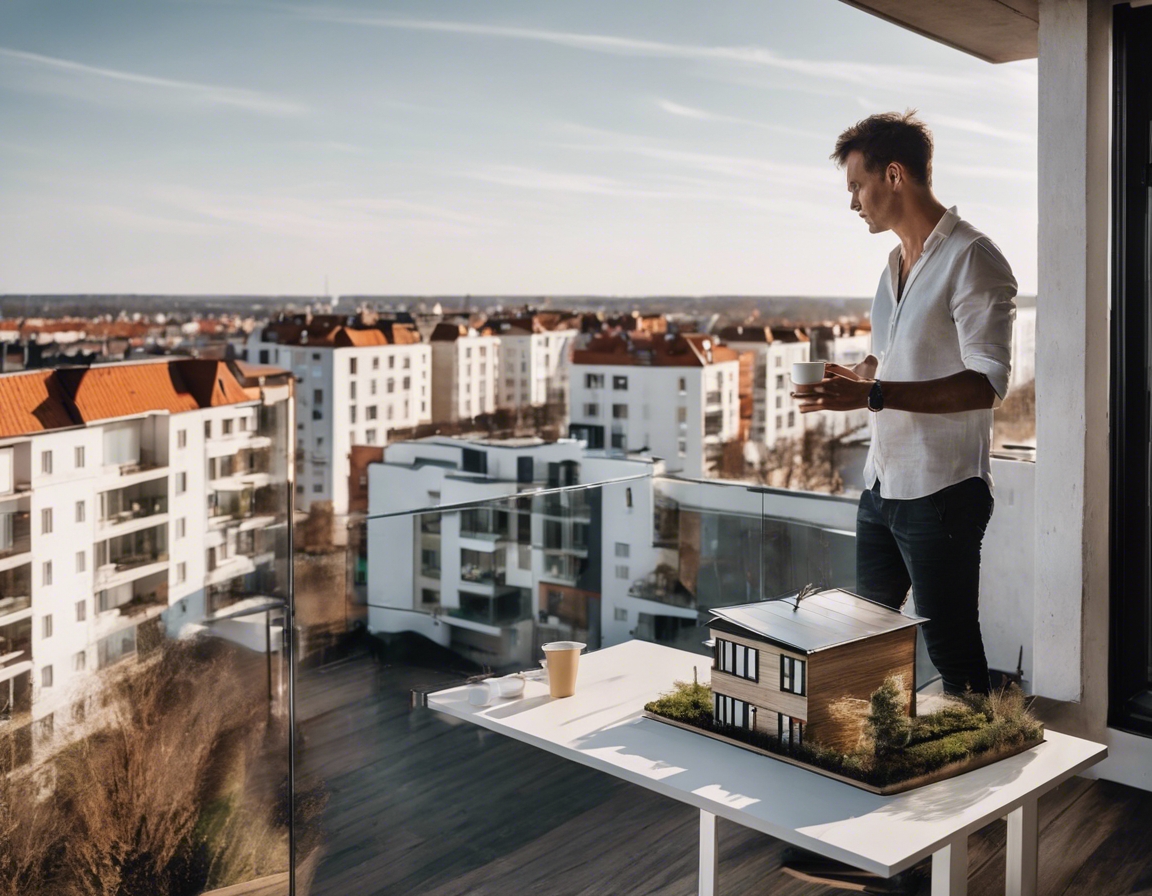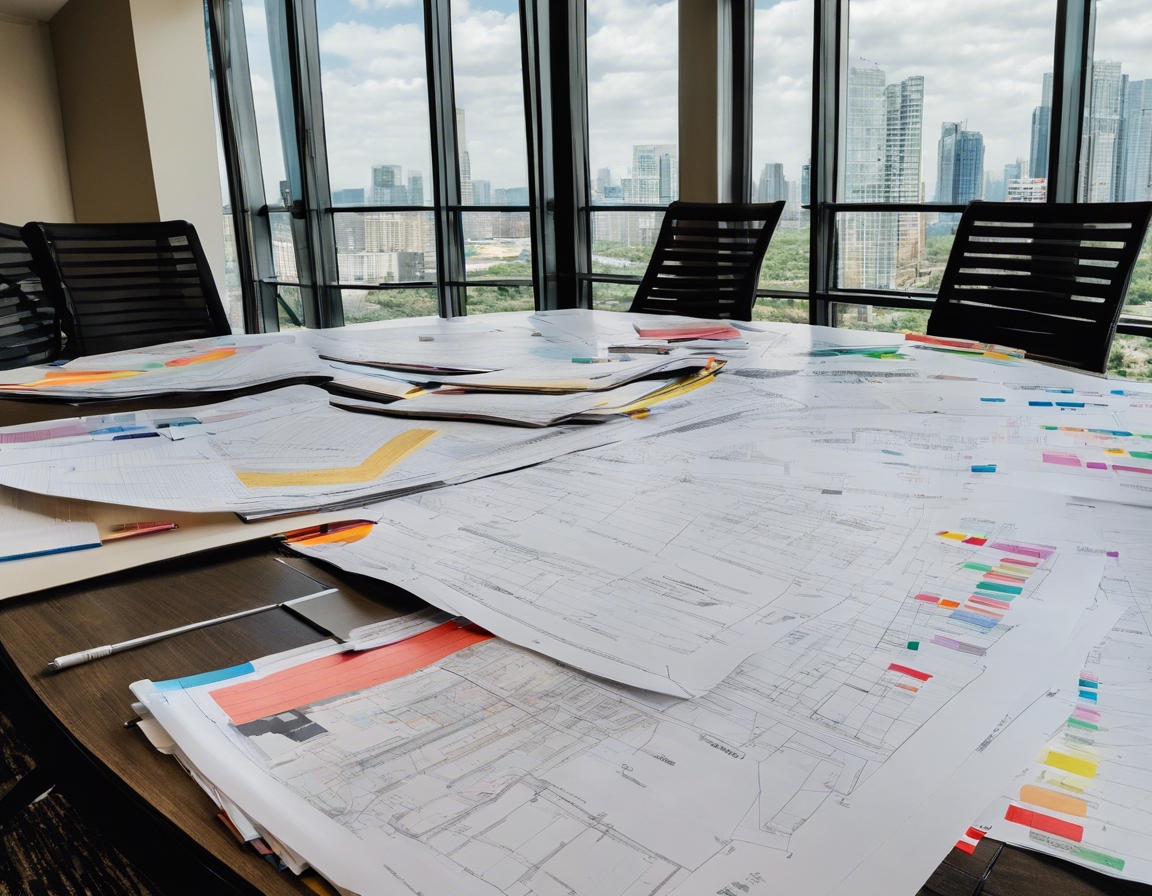5 trends shaping the future of urban living
As urban populations continue to grow, the landscape of city living evolves to meet the changing needs and preferences of residents. In this blog post, we explore five key trends that are shaping the future of urban living, offering insights for landowners, families, professionals, and investors interested in the real estate landscape of Estonia's major cities.
1. Smart City Technology
The Internet of Things (IoT) is revolutionizing urban environments by connecting devices and systems, enabling cities to function more efficiently. From smart meters to intelligent lighting, IoT integration is enhancing the quality of urban life.
Smart infrastructure is the backbone of a connected city. It includes advancements in transportation, energy, and waste management systems that are responsive to the needs of the community and the environment.
As sustainability becomes a priority, cities are adopting energy-efficient technologies to reduce their carbon footprint. Green buildings and renewable energy sources are becoming standard features of urban development.
2. Green Spaces and Biophilic Design
Urban green spaces, such as parks and community gardens, are vital for creating livable cities. They offer a respite from the urban hustle and contribute to the ecological health of the city.
Biophilic design integrates natural elements into the built environment, promoting a connection between residents and nature. This approach has been shown to improve mental health and overall well-being.
The inclusion of green spaces and biophilic design in urban planning is not just an aesthetic choice but a health imperative, contributing to the physical and mental well-being of city dwellers.
3. Compact Living and Mixed-Use Developments
With the premium on urban space, compact living solutions that maximize functionality and comfort are on the rise. These spaces are designed to be flexible and adaptable to the changing needs of residents.
Mixed-use developments combine residential, commercial, and recreational spaces to foster a sense of community. These developments encourage social interaction and provide convenience for residents.
The blending of residential, office, and leisure spaces within the same vicinity supports a balanced lifestyle, reducing the need for long commutes and enhancing the quality of life for urban residents.
4. Transportation and Mobility
Investments in public transit are crucial for the sustainability of urban centers. Innovations in this sector aim to provide efficient, reliable, and eco-friendly transportation options for residents.
Cities are increasingly prioritizing walkability and cycling infrastructure to promote healthier lifestyles and reduce reliance on cars. This trend also supports local businesses and enhances the urban experience.
The adoption of electric and autonomous vehicles is expected to transform urban mobility, reducing emissions and potentially reshaping cityscapes with fewer parking lots and more green spaces.
5. The Rise of Co-Living and Co-Working Spaces
Co-living spaces cater to the needs of modern urbanites who value community and shared experiences. These environments often include shared amenities and communal areas.
Co-working spaces are becoming a staple in cities, providing flexible work environments for freelancers, entrepreneurs, and remote workers. They foster collaboration and networking among professionals.
Both co-living and co-working spaces contribute to the building of vibrant communities within urban settings, aligning with the values of our target audience who seek quality, comfort, and a sense of belonging.






Comments (0)